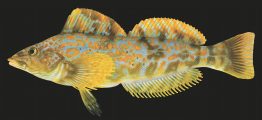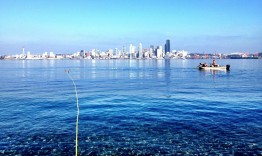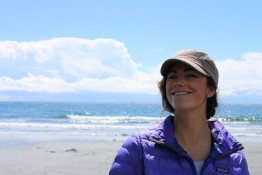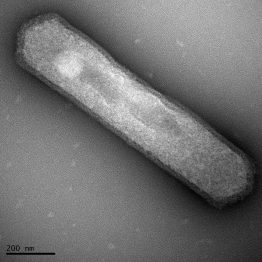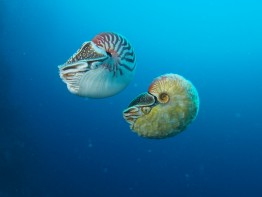Coho salmon, Pacific halibut and even the dogfish shark are familiar faces to many people in the Salish Sea region. But what about the Pacific viperfish, northern flashlightfish, dwarf wrymouth or the longsnout prickleback? A new report co-authored by Ted Pietsch at The School of Aquatic and Fishery Sciences documents all fish that live in the Salish Sea, a roughly 6,500-square-mile region that encompasses Puget Sound, the Strait of Juan de Fuca, the Strait of Georgia, the San Juan Islands and the Canadian Gulf Islands.
Read more at UW Today »Young chum salmon may get biggest nutrition boost from Elliott Bay restored beaches
In the midst of ferry boats, container ships and tourists crowding Seattle’s Elliott Bay, young salmon are just trying to get a decent meal. The fish hatch in the rivers and streams that feed into Puget Sound and almost immediately rely on eating small organisms near the shore, including in the heart of Seattle’s commerce-filled waterfront. Though salmon share the busy Elliott Bay waters with boats and barges, scientists suspect built-up, “armored” shorelines and large piers may be the main culprits disrupting fish habitat.
Read more at UW Today »Finding Friday Harbor
At the College of the Environment, boundless field opportunities await our students and researchers. The Friday Harbor Laboratories are a research gateway to the Pacific, where you can foster your skills as a marine biologist, oceanographer, or in any number of ocean-related sciences. Sitting on the shores of Friday Harbor in the San Juan Archipelago, the labs are a renowned destination to immerse yourself in marine sciences as they relate to the Salish Sea.
Read more on the UW Homegage »Lab experiments question popular measure of ancient ocean temperatures
Understanding the planet’s history is crucial if we are to predict its future. While some records are preserved in ice cores or tree rings, other records of the climate’s ancient past are buried deep inside the seafloor. An increasingly popular method to deduce historic sea surface temperatures uses sediment-entombed bodies of marine archaea, one of Earth’s most ancient and resilient creatures, as a 150-million-year record of ocean temperatures.
Read more at UW Today »Rare nautilus sighted for the first time in three decades by the College's Peter Ward
In early August, biologist Peter Ward returned from the South Pacific with news that he had encountered an old friend, one he hadn’t seen in three decades. A professor with the College of the Environment’s Earth & Space Sciences and the College of Arts and Sciences‘ Department of Biology, Ward had seen what he considers one of the world’s rarest animals: Allonautilus scrobiculatus.
Read more at UW Today »
